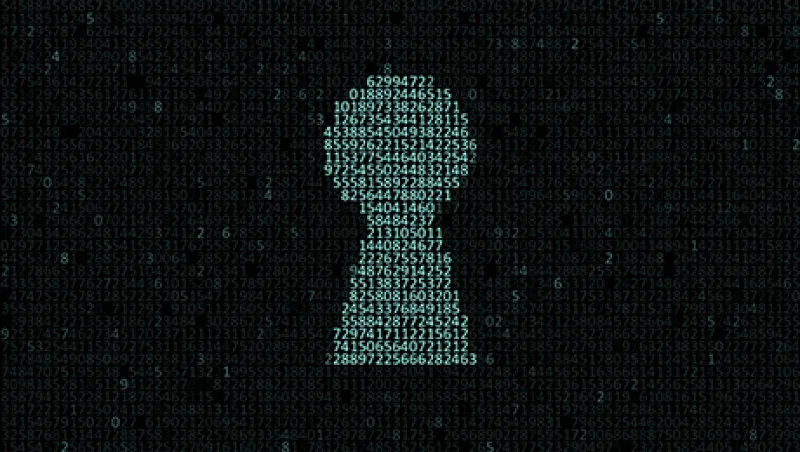
Make Cybersecurity an Essential Part of M&A Due Diligence
It’s not prudent to buy a house without checking its structural integrity. Neither is acquiring a company with shoddy cybersecurity.
Ray Rothrock
June 2, 2016


